- Home
- J. K. Rowling
Fantastic Beasts and Where to Find Them Page 6
Fantastic Beasts and Where to Find Them Read online
Page 6
the dreamer (Runespoors may remain stationary for days at a time, lost in glorious visions and imaginings). The right head is the critic and will evaluate the efforts of the left and middle heads with a continual irritable hissing. The right head’s fangs are extremely venomous. The Runespoor rarely reaches a great age, as the heads tend to attack each other. It is common to see a Runespoor with the right head missing, the other two heads having banded together to bite it off.
The Runespoor produces eggs through its mouths, the only known magical beast to do so. These eggs are of immense value in the production of potions to stimulate mental agility. A black market in Runespoor eggs and in the serpents themselves has flourished for several centuries.
SALAMANDER
M.O.M. Classification: XXX
The salamander is a small fire-dwelling lizard that feeds on flame. Brilliant white, it appears blue or scarlet depending upon the heat of the fire in which it makes its appearance.
Salamanders can survive up to six hours outside a fire if regularly fed pepper. They will live only as long as the fire from which they sprang burns. Salamander blood has powerful curative and restorative properties.
SEA SERPENT
M.O.M. Classification: XXX
Sea serpents are found in the Atlantic, Pacific, and Mediterranean seas. Though alarming in appearance, sea serpents are not known ever to have killed any human, despite hysterical Muggle accounts of their ferocious behaviour. Reaching lengths of up to a hundred feet, the sea serpent has a horselike head and a long snakelike body that rises in humps out of the sea.
SHRAKE
M.O.M. Classification: XXX
A fish covered entirely in spines and found in the Atlantic Ocean. The first shoal of Shrake is believed to have been created as a revenge against Muggle fisherfolk who had insulted a team of sailing wizards in the early 1800s. From that day on, any Muggles fishing in that particular patch of sea have found their nets come up ripped and empty owing to the Shrakes swimming deep below.
SNIDGET
M.O.M. Classification: XXXX12
The Golden Snidget is an extremely rare, protected species of bird. Completely round, with a very long, thin beak and glistening, jewel-like red eyes, the Golden Snidget is an extremely fast flier that can change direction with uncanny speed and skill, owing to the rotational joints of its wings.
The Golden Snidget’s feathers and eyes are so highly prized that it was at one time in danger of being hunted to extinction by wizards. The danger was recognised in time and the species protected, the most notable factor being the substitution of the Golden Snitch for the Snidget in the game of Quidditch.13 Snidget sanctuaries exist worldwide.
* * *
12 The Golden Snidget gains a XXXX rating not because it is dangerous but because severe penalties are attached to its capture or injury.
13 Anyone interested in the role played by the Golden Snidget in the development of the game of Quidditch is advised to consult Quidditch Through the Ages by Kennilworthy Whisp (Whizz Hard Books, 1952).
SPHINX
M.O.M. Classification: XXXX
The Egyptian sphinx has a human head on a lion’s body. For over a thousand years it has been used by witches and wizards to guard valuables and secret hideaways. Highly intelligent, the sphinx delights in puzzles and riddles. It is usually dangerous only when what it is guarding is threatened.
STREELER
M.O.M. Classification: XXX
The Streeler is a giant snail that changes colour on an hourly basis and deposits behind it a trail so venomous that it shrivels and burns all vegetation over which it passes. The Streeler is native to several African countries, though it has been successfully raised by wizards in Europe, Asia, and the Americas. It is kept as a pet by those who enjoy its kaleidoscopic colour changes, and its venom is one of the few substances known to kill Horklumps.
TEBO
M.O.M. Classification: XXXX
The Tebo is an ash-coloured warthog found in Congo and Zaire. It has the power of invisibility, making it difficult to evade or catch, and is very dangerous. Tebo hide is highly prized by wizards for protective shields and clothing.
TROLL
M.O.M. Classification: XXXX
The troll is a fearsome creature up to twelve feet tall and weighing over a tonne. Notable for its equally prodigious strength and stupidity, the troll is often violent and unpredictable. Trolls originated in Scandinavia but these days they may be found in Britain, Ireland, and other areas of northern Europe.
Trolls generally converse in grunts that appear to constitute a crude language, though some have been known to understand and even to speak a few simple human words. The more intelligent of the species have been trained as guardians.
There are three types of troll: mountain, forest, and river. The mountain troll is the largest and most vicious. It is bald, with a pale-grey skin. The forest troll has a pale-green skin and some specimens have hair, which is green or brown, thin, and straggly. The river troll has short horns and may be hairy. It has a purplish skin, and is often found lurking beneath bridges. Trolls eat raw flesh and are not fussy in their prey, which ranges from wild animals to humans.
UNICORN
M.O.M. Classification: XXXX14
The unicorn is a beautiful beast found throughout the forests of northern Europe. It is a pure white, horned horse when fully grown, though the foals are initially golden, and turn silver before achieving maturity. The unicorn’s horn, blood, and hair all have highly magical properties.15 It generally avoids human contact, is more likely to allow a witch to approach it than a wizard, and is so fleet of foot that it is very difficult to capture.
* * *
14 See footnote on centaur classification.
15 The unicorn, like the fairy, has received an excellent Muggle press – in this case justified.
WEREWOLF
M.O.M. Classification: XXXXX16
The werewolf is found worldwide, though it is believed to have originated in northern Europe. Humans turn into werewolves only when bitten. There is no known cure, though recent developments in potion-making have to a great extent alleviated the worst symptoms. Once a month, at the full moon, the otherwise sane and normal wizard or Muggle afflicted transforms into a murderous beast. Almost uniquely among fantastic creatures, the werewolf actively seeks humans in preference to any other kind of prey.
* * *
16 This classification refers, of course, to the werewolf in its transformed state. When there is no full moon, the werewolf is as harmless as any other human. For a heartrending account of one wizard’s battle with lycanthropy, see the classic Hairy Snout, Human Heart by an anonymous author (Whizz Hard Books, 1975).
WINGED HORSE
M.O.M. Classification: XX–XXXX
Winged horses exist worldwide. There are many different breeds, including the Abraxan (immensely powerful giant palominos), the Aethonan (chestnut, popular in Britain and Ireland), the Granian (grey and particularly fast) and the rare Thestral (black, possessed of the power of invisibility, and considered unlucky by many wizards). As with the Hippogriff, the owner of a winged horse is required to perform a Disillusionment Charm upon it at regular intervals (see Introduction).
YETI(also known as Bigfoot, the Abominable Snowman)
M.O.M. Classification: XXXX
A native of Tibet, the yeti is believed to be related to the troll, though no one has yet got close enough to conduct the necessary tests. Up to fifteen feet in height, it is covered head to foot in purest white hair. The yeti devours anything that strays into its path, though it fears fire, and may be repulsed by skilled wizards.
As Dumbledore writes in his introduction, money raised from the sale of this very special book will go to the UK charity Comic Relief U. K. to help people living incredibly tough lives across the UK and in some of the world’s poorest countries.
Since 2001, the books that J. K. Rowling kindly wrote especially for Comic Relief U. K., Quidditch Through the Ages
and Fantastic Beasts and Where to Find Them, have raised nearly $30 million – a magic amount of money that is already hard at work changing lives.
One way in which this money helps is by giving a vital education to children who live in extreme poverty in some of the world’s poorest countries. Across the world, 61 million children do not have access to primary school education, but, for many, going to school is their only real hope of escaping from the grinding poverty they now face. With this money, Comic Relief U. K. in just one year has been able to help over 160,000 children receive a formal education and build a far brighter future for themselves.
In fact, by buying this very book, you could help to provide children with school books, materials and uniforms, as well as school fees.
Thank you for your support. To find out more about Comic Relief U. K. go to comicrelief.com, follow us on Twitter (@comicrelief ) or like us on Facebook!

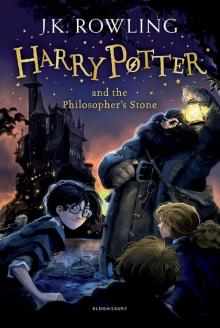 Harry Potter and the Philosophers Stone
Harry Potter and the Philosophers Stone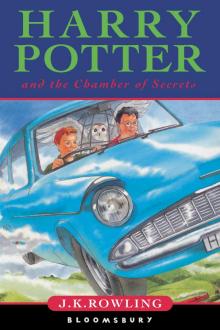 Harry Potter and the Chamber of Secrets
Harry Potter and the Chamber of Secrets Harry Potter and the Goblet of Fire
Harry Potter and the Goblet of Fire Harry Potter and the Deathly Hallows
Harry Potter and the Deathly Hallows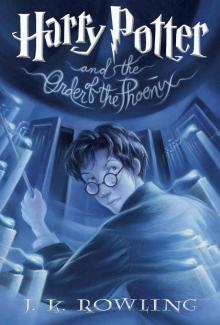 Harry Potter and the Order of the Phoenix
Harry Potter and the Order of the Phoenix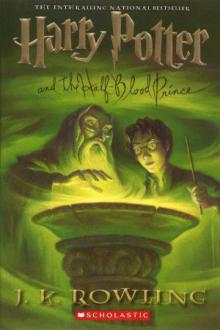 Harry Potter and the Half-Blood Prince
Harry Potter and the Half-Blood Prince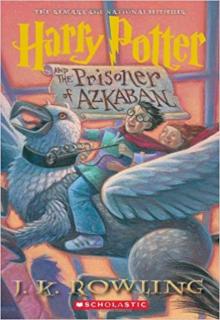 Harry Potter and the Prisoner of Azkaban
Harry Potter and the Prisoner of Azkaban Fantastic Beasts and Where to Find Them
Fantastic Beasts and Where to Find Them Short Stories from Hogwarts of Heroism, Hardship and Dangerous Hobbies
Short Stories from Hogwarts of Heroism, Hardship and Dangerous Hobbies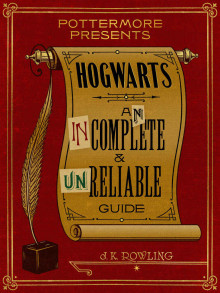 Hogwarts: An Incomplete and Unreliable Guide
Hogwarts: An Incomplete and Unreliable Guide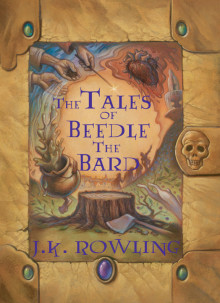 The Tales of Beedle the Bard
The Tales of Beedle the Bard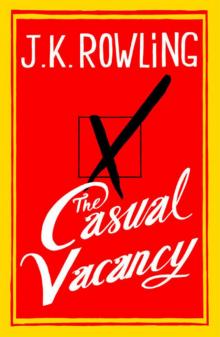 The Casual Vacancy
The Casual Vacancy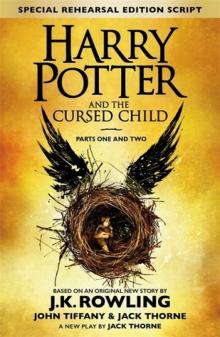 Harry Potter and the Cursed Child
Harry Potter and the Cursed Child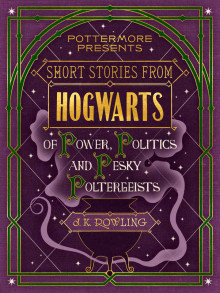 Short Stories from Hogwarts of Power, Politics and Pesky Poltergeists
Short Stories from Hogwarts of Power, Politics and Pesky Poltergeists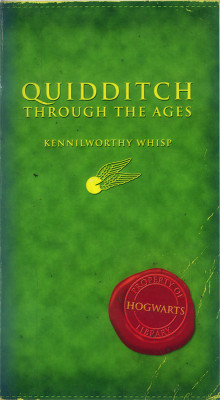 Quidditch Through the Ages
Quidditch Through the Ages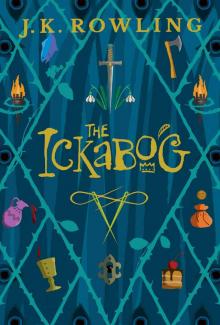 The Ickabog
The Ickabog![Fantastic Beasts, The Crimes of Grindelwald [UK] Read online](http://i1.bookreadfree.com/i/03/19/fantastic_beasts_the_crimes_of_grindelwald_uk_preview.jpg) Fantastic Beasts, The Crimes of Grindelwald [UK]
Fantastic Beasts, The Crimes of Grindelwald [UK]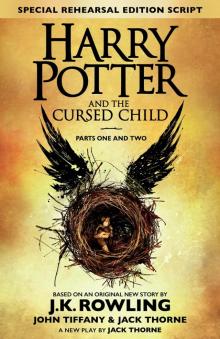 Harry Potter and the Cursed Child: Parts One and Two
Harry Potter and the Cursed Child: Parts One and Two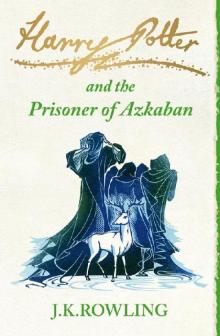 The Prisoner of Azkaban
The Prisoner of Azkaban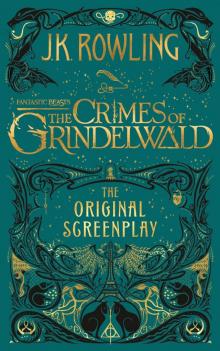 Fantastic Beasts: The Crimes of Grindelwald
Fantastic Beasts: The Crimes of Grindelwald The Hogwarts Library Collection
The Hogwarts Library Collection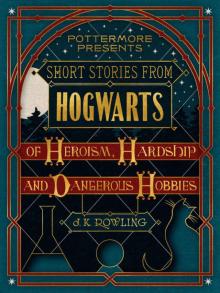 Short Stories from Hogwarts of Heroism, Hardship and Dangerous Hobbies (Kindle Single) (Pottermore Presents)
Short Stories from Hogwarts of Heroism, Hardship and Dangerous Hobbies (Kindle Single) (Pottermore Presents)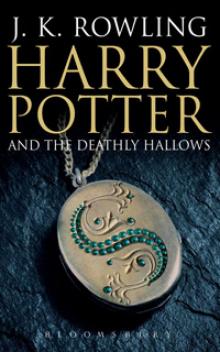 Harry Potter and the Deathly Hallows hp-7
Harry Potter and the Deathly Hallows hp-7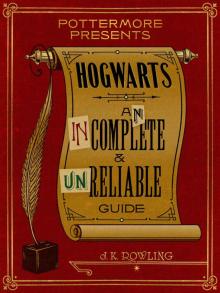 Hogwarts: An Incomplete and Unreliable Guide (Kindle Single) (Pottermore Presents)
Hogwarts: An Incomplete and Unreliable Guide (Kindle Single) (Pottermore Presents)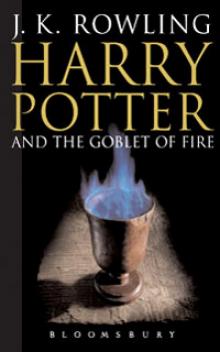 Harry Potter and the Goblet of Fire hp-4
Harry Potter and the Goblet of Fire hp-4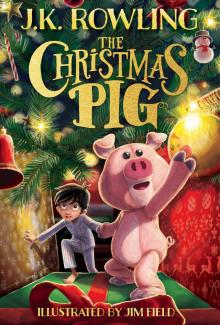 The Christmas Pig
The Christmas Pig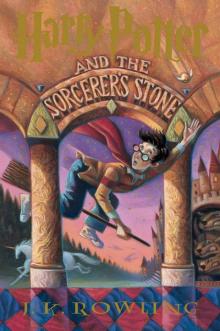 Harry Potter and the Sorcerer's Stone
Harry Potter and the Sorcerer's Stone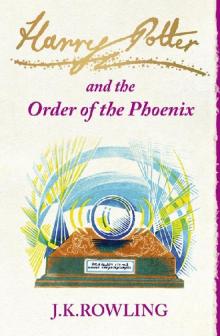 The Order of the Phoenix
The Order of the Phoenix Harry Potter and the Prisoner of Azkaban hp-3
Harry Potter and the Prisoner of Azkaban hp-3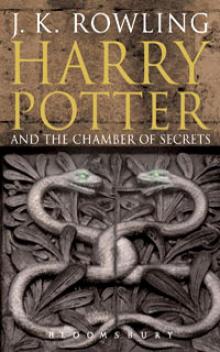 Harry Potter and the Chamber of Secrets hp-2
Harry Potter and the Chamber of Secrets hp-2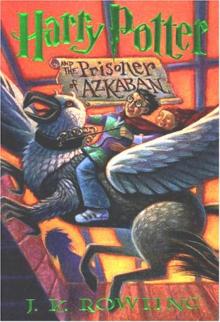 HP 3 - Harry Potter and the Prisoner of Azkaban
HP 3 - Harry Potter and the Prisoner of Azkaban The Half-Blood Prince
The Half-Blood Prince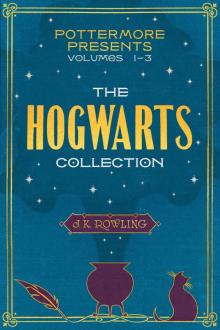 The Hogwarts Collection
The Hogwarts Collection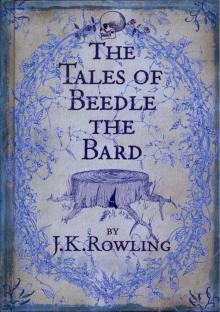 Tales of Beedle the Bard
Tales of Beedle the Bard The Goblet of Fire
The Goblet of Fire Harry Potter and the Half-Blood Prince hp-6
Harry Potter and the Half-Blood Prince hp-6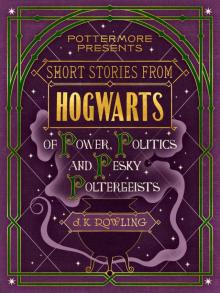 Short Stories from Hogwarts of Power, Politics and Pesky Poltergeists (Kindle Single) (Pottermore Presents)
Short Stories from Hogwarts of Power, Politics and Pesky Poltergeists (Kindle Single) (Pottermore Presents)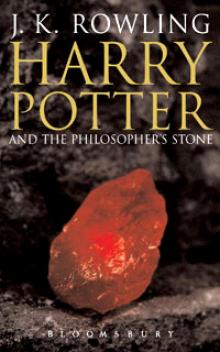 Harry Potter and the Sorcerer's Stone hp-1
Harry Potter and the Sorcerer's Stone hp-1